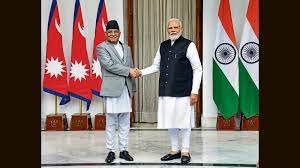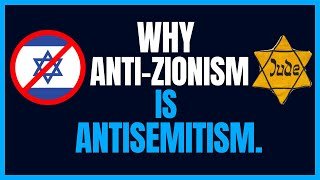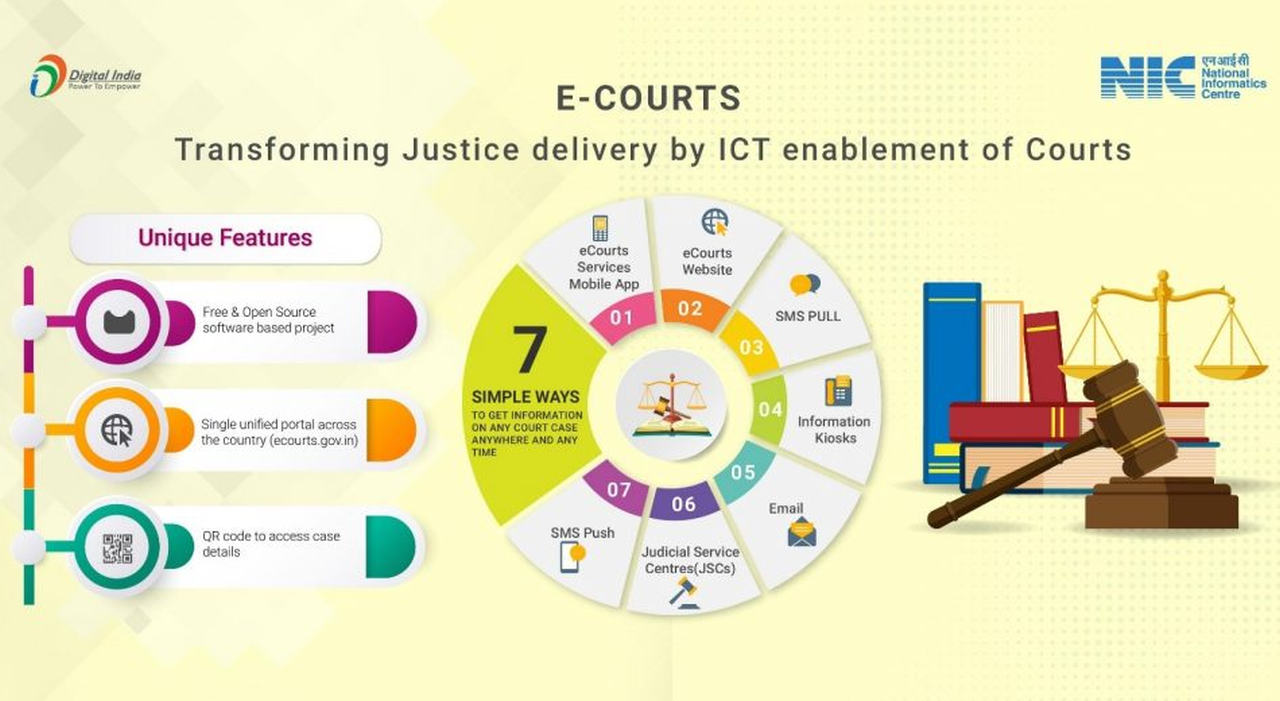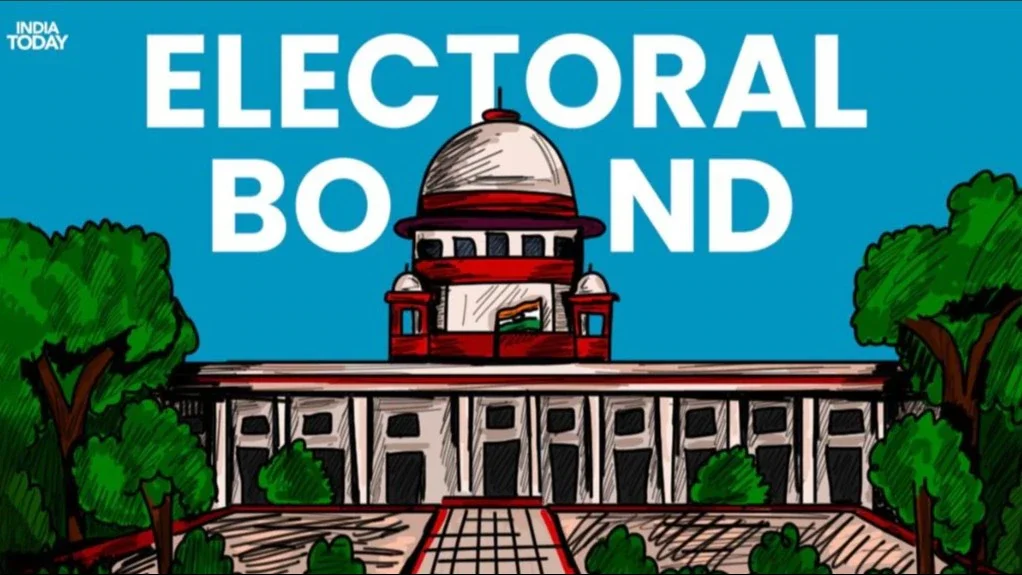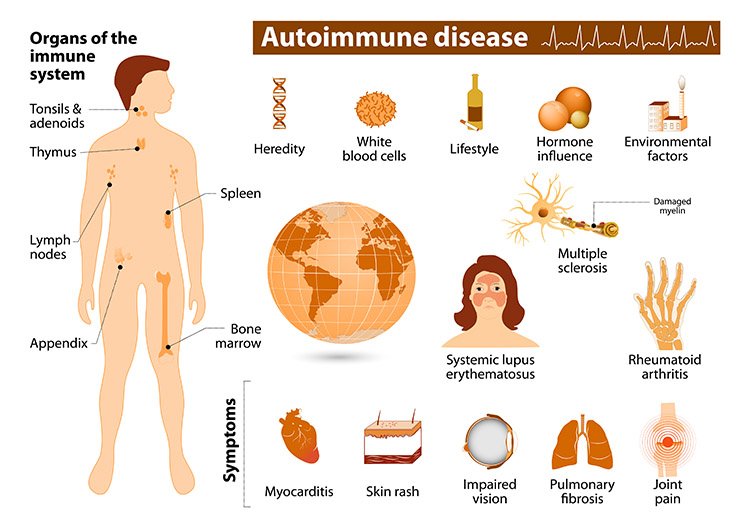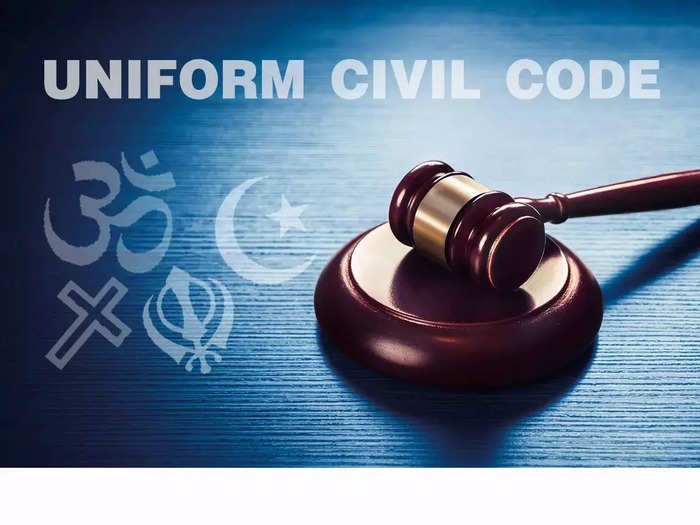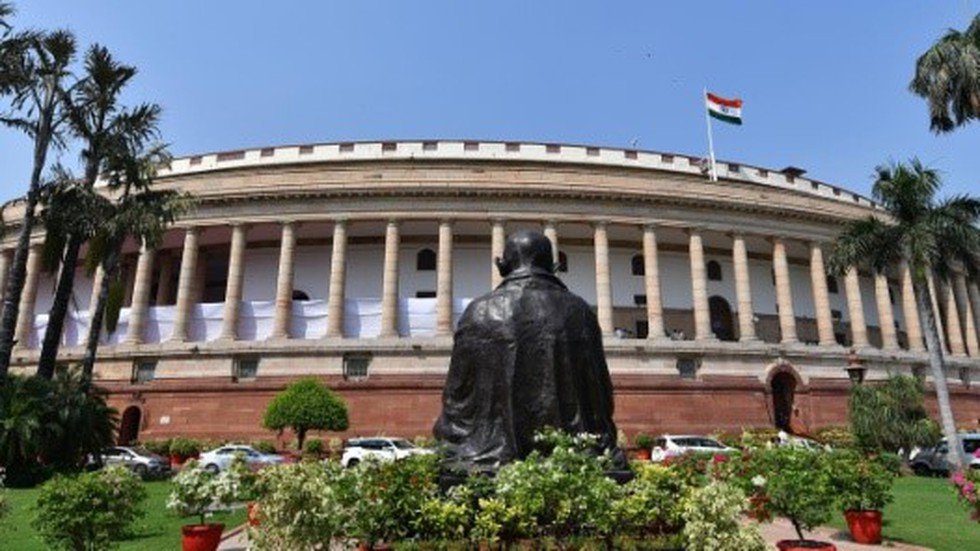
Sub-Categorisation Within Castes
Subscribers of "Current Affairs" course can Download Daily Current Affairs in PDF/DOC
Subscribe to Never Miss an Important Update! Assured Discounts on New Products!
Must Join PMF IAS Telegram Channel & PMF IAS History Telegram Channel
- Context (IE I TH I TH): The GoI has formed a committee to evaluate a method for the equitable distribution of benefits to the most backward communities out of 1,200 SCs across the country.
- It is a five-member committee of Secretaries chaired by the Cabinet Secretary.
- PM promised to look into the demand for sub-categorisation of SCs as raised by the Madiga community during the Telangana Assembly election.
- A seven-judge Constitution Bench of the SC is also hearing the question of whether sub-categorisation among SCs and Scheduled Tribes is at all permissible.
Mandate of the committee
- The panel will be looking into “other ways to take care of their grievances”.
- It will look at strategies like special initiatives, focusing existing schemes towards them, etc.
- The panel will not look into the questions of reservation or what the break-up of SC quota should be for employment and education.
SC Constitutional Bench’s Mandate
|
What is Sub-Categorisation Within Castes?
- Sub-categorisation within castes refers to the process of creating sub-groups for reservation and affirmative action within the existing categories of
- Scheduled Castes (SCs),
- Scheduled Tribes (STs), and
- Other Backward Classes (OBCs).
- It aims to:
- Address the intra-category inequalities and
- Ensure a more equitable distribution of benefits and opportunities among the most deprived and marginalised sections of society.
Historical Attempts of Sub-Categorisation
- In 1975, the Punjab government issued a notification dividing its 25% SC reservation at that time into two categories:
- Balmiki and Mazhbi Sikh communities.
- The rest of the SC communities didn’t get this preferential treatment.
- A similar law, the Andhra Pradesh Scheduled Castes (Rationalisation of Reservations) Act, 2000, was enacted in A.P.
- In ‘E.V. Chinnaiah v State of Andhra Pradesh’, 2004, a five-judge constitution bench struck down the law introduced by Andhra Pradesh.
- In 2006, Punjab & Haryana HC in ‘Dr. Kishan Pal v. State of Punjab struck down the 1975 notice.
- In 2006, the Punjab government brought back the law by passing the Punjab Scheduled Caste and Backward Classes (Reservation in Services) Act 2006.
- In 2010, the HC once again struck down this provision.
- In 2010, Punjab government moved to the SC against the HC ruling, arguing that the SC in 2004 had incorrectly concluded that the Scheduled Caste quota cannot be sub-classified.
- In 2014, the SC in ‘Davinder Singh v State of Punjab’ referred the appeal to a five-judge constitution bench since it needed an inquiry into the interplay of several constitutional provisions.
|
- In 2020, the constitution bench headed by Justice Arun Mishra held that the SC’s 2004 decision in E V Chinnaiah required reconsideration.
State Govt’s Argument for Sub-Categorisation
- Sub-classification is essentially an application of the creamy layer formula.
- Instead of excluding the better-off castes from the Scheduled Caste list, the state is merely giving preferential treatment to the most disadvantageous castes.
SC Observations
E.V.Chinnaiah vs State Of Andhra Pradesh And Ors
- Andhra Pradesh Scheduled Castes (Rationalisation of Reservations) Act, 2000 violated right to equality.
- SC list must be treated as a single, homogenous group.
- States did not have the power to “interfere” or “disturb” this list, including through sub-classification, as this would violate Article 341 of the IC.
|
State of Punjab and Others versus Davinder Singh and Others, 2014
- States could decide on the quantum of benefits in the lists of SCs/STs already notified without “tinkering” with them.
Jarnail Singh v Lachhmi Narain Gupta, 2018
- The Supreme Court upheld the concept of the “creamy layer” within SCs, too.
|
SC Constitution Bench, 2020
- Court and the state cannot be a silent spectator and shut its eyes to stark realities.
- The ruling disagreed with the premise that Scheduled Castes are a homogeneous group.
- There are “unequals within the list of Scheduled Castes, Scheduled Tribes, and socially and educationally backward classes.”
|
Need for Sub-Categorisation
Address Inequalities Among Scheduled Caste Communities:
- There have been graded inequalities among SC communities, and even among the marginalised, some communities have lesser access to basic facilities.
- The relatively more forward communities have managed to avail benefits consistently while crowding out the more backward ones.
Disproportionate Share in Opportunities
- The policy of protective and compensatory discrimination leads to disproportional representation of sub-castes in employment, education, and legislature.
- E.g. In Tamil Nadu, a 3% quota within the Scheduled Caste quota is accorded to the Arundhatiyar caste after Justice M S Janarthanam’s report stated that despite being 16% of the SC population in the state, they held only 0-5% of the jobs.
Overcoming Hierarchy within Scheduled Castes
- The SC category is not homogenous and comprises a wide range of communities with distinct cultural, social, and economic characteristics.
- Some SC communities may have made progress in education, employment, and socio-economic development, while others continue to face significant disadvantages.
Social Mobility
- The reservation policy is ineffective in providing benefits to every sub-caste group at a uniform level.
- The acquisition of political power, educational improvement, and occupational change could become significant assets for Scheduled Castes’ upward mobility.
Ensuring Social Justice
- Ensuring that historically marginalised communities receive fair and just treatment and that their specific concerns are adequately addressed.
- Sub-categorization allows for a more targeted approach in addressing the specific vulnerabilities and needs of particular SC sub-groups.
Challenges associated with the Sub categorisation of Caste
May Not Address the Problem of Inequality within Scheduled Castes (SCs)
- According to the National Commission for Schedule Tribes (NCST), the backwards SCs are lagging far behind forward Scheduled Caste communities, and a separate quota would not help.
- NCSC & NCST: Existing schemes and government benefits should first reach these sections before any sub-categorisation.
Issue of Federalism
- SC (2004): States did not have the power to unilaterally sub-categorise communities in the list of SCs.
- The IC has provided that these lists can only be made by Parliament and notified by the President.
- SC (2020): A five-judge Bench said that states could Sub-categorise the castes.
Identification and Criteria
- Determining the criteria for sub-categorization can be challenging.
- S.C (State of Kerala v N M Thomas, 1976): “Scheduled Castes are not castes, they are class.”
- S.C (E V Chinnaiah Case): Special protection of SCs is based on the premise that “all Scheduled Castes can and must collectively enjoy the benefits of reservation regardless of interse inequality.”
- The protection is not based on educational or economic but based on those who suffered untouchability.
- Parameters such as socio-economic status, educational attainment, or regional factors may be considered.
Data Accuracy and Availability
- Concrete population numbers of each community and sub-community.
- Respective socio-economic data of castes and sub-castes are necessary.
- Up-to-date data on the socio-economic status of different SC communities is a challenge.
Possibility of Fragmentation
- Sub-categorization might lead to the fragmentation of the SC community, diluting their political and social identity. This could weaken their collective strength in advocating for their rights.
Way Forward
Exploring Alternatives to Introduce Sub-Categorisation
- The Attorney General of India (AGI) had opined that a constitutional amendment could be brought in to facilitate this.
- NCSC and NCST:
- Article 16(4) of the IC already provided for states to create special laws for any backward classes they felt were under-represented.
- Parliament can sub-categorise SCs and STs, and Articles 341 and 342 of IC did not prevent parliament from doing so.
- The Usha Mehra committee recommended the inclusion of Clause (3) in Article 341 through a constitutional amendment empowering state legislature to enact reclassification of the SC category subject to Presidential confirmation.
National Commission for Scheduled Caste (NCSC) & National Commission for Scheduled Tribe (NCST)
|
Data Collection and Analysis
- Ensuring comprehensive and accurate data collection on the socio-economic conditions of different Scheduled Caste communities.
Criteria Development
- Develop transparent and inclusive criteria for sub-categorization.
- The Andhra Pradesh government in 1996 formed a Commission of Justice Ramachandra Raju, which recommended sub-categorisation of SC in the State based on evidence that some communities were more backward and had less representation than others.
Following the Middle Path
- Strike a balance between recognising the diversity within the Scheduled Caste category and maintaining the overall unity of the community.
Scheduled Caste (SC)
- It is an administrative category consisting of various touchable and untouchable castes grouped for preferential treatment.
- Lack of Internal Distinctions: Such grouping places all of them under one umbrella category without taking into account the internal distinctions among them.
- Problem: Reservations could not remove the prior existing internal differentiations between all the castes listed as Scheduled Castes.
Constitutional Provisions for Weaker Sections
- Article 15 (4): The special provisions for their advancement.
- Article 16 (4A): Speaks of reservation in the services under the State in favour of SCs/STs.
- Article 17: Abolishes Untouchability.
- Article 46: Requires the State to promote with special care the educational and economic interests of the weaker sections of the people, and, in particular, of the SCs and STs, and to protect them from social injustice and all forms of exploitation.
- Article 330 and Article 332: Provide for reservation of seats in favour of the SCs and STs in the Parliament and the legislative assemblies of the States.
- Article 335: Provides that the claims of the members of the SCs and STs shall be taken into consideration, consistently with the maintenance of efficiency of administration, in the making of appointments to services and posts in connection with the affairs of the Union or of a State.
- Article 338: Provides for an NCSC and NCST.
- Article 341: It authorises the President to declare certain castes and classes as Scheduled Castes in a state or a union territory.
- It also states that the Parliament can include or exclude any caste or tribe from the list.
- Article 342: It states that “Scheduled Castes” means such castes, races or tribes or parts of or groups within such castes, races or tribes as are deemed under Article 341.
- Part IX and Part IXA of the IC relating to Panchayats and the Municipalities, reservation for SCs and STs in local bodies.






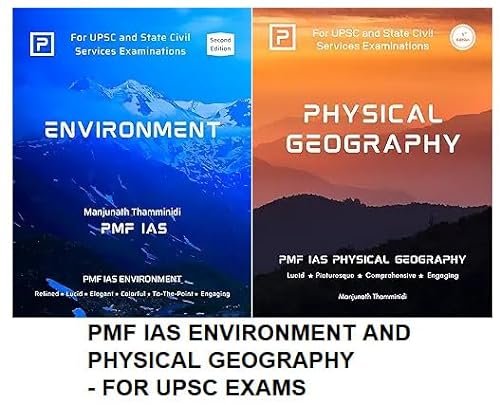
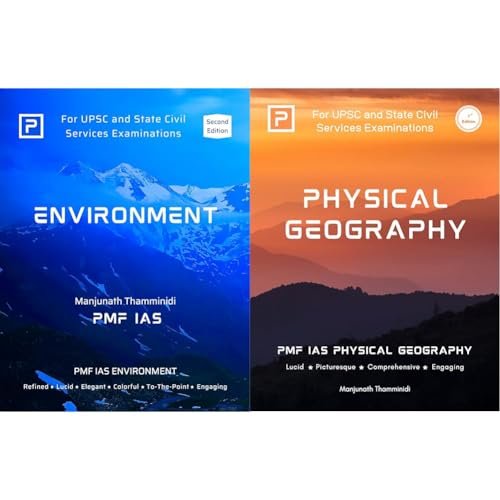
![PMF IAS Environment for UPSC 2022-23 [paperback] PMF IAS [Nov 30, 2021]…](https://pmfias.b-cdn.net/wp-content/uploads/2024/04/pmfiasenvironmentforupsc2022-23paperbackpmfiasnov302021.jpg)
